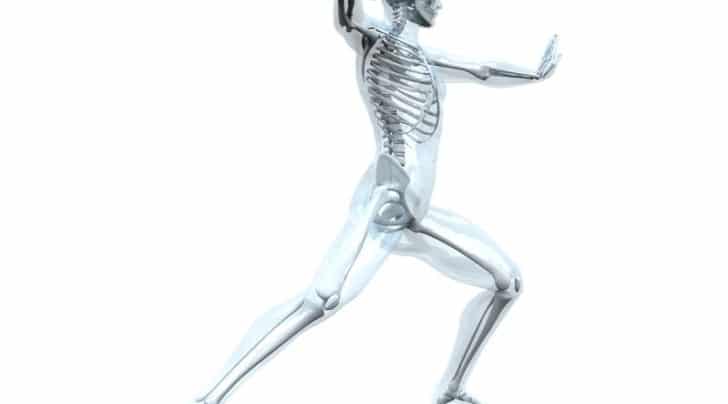
Leg Pain: Kobe Bryant and The Weekend Warrior:
We now know that Kobe Bryant has been sidelined for a bout of leg pain. His pain was not improving so the medical staff has placed him into a special boot to try and help alleviate his pain.
What are the most common causes of leg pain in athletes and runners?
The Tibia… or your shin bone is a common source of pain in athletes, and runners in particular. The tibia is the bone located between your knee and your ankle. We actually have two bones in our leg, the tibia and the fibula. Overuse injuries to the tibia or shin bone are far more common. Injuries involving the muscles and tendons around the tibia are also a significant source of leg pain in runners and athletes.
There are many reasons why athletes and runners experience pain in the leg.
The diagnosis and treatment of Kobe Bryant’s leg pain — or your leg pain, will be determined by the:
- Onset: How rapidly did the pain come on.
- acute or traumatic
- gradual or insidious
- Location:
- Pain along the tibia or shin bone itself
- Pain along the top of the tibia
- Pain along the lower inner side
- Type of pain:
- Sharp
- Dull
- Deep
- Superficial
Common Causes Leg Pain:
Stress Fractures:
The more rapid the onset and the more acute the onset, the more likely it is that this could represent a stress fracture. Stress fractures are subtle fractures that occur in the bone as a result of putting too much constant stress on the bone, to the poin where the bone starts to break — initially at a microscopic level. The pain is located over the tibia itself… and the shin bone or tibia is tender to touch. The location is not necessarily and issue, although fractures of the middle or lower aspect of the tibia are more common. Stress fractures are common in athletes or runners who have changed their training schedules, increased the amount of time that they are playing or running… or simply bad luck. The pain from a stress fracture will typically be present from the first step you take on the court or the road. I will typically seek a spike in these injuries in the months leading up to both the New York Marathon and Boston Marathons — as runners in an accelerated training program ramp up their distance or intensity.
“Shin Splints” or Medial Tibial Stress Syndrome
The pain from shin splints or medial tibial stress syndrome tends to occur more gradually… it creeps up on you. You can usually initiate a run, or a game and then the pain begins shortly thereafter, or possible after the game or run itself. Medial tibial stress syndrome or shin splints is characterized by pain along the lower part of your leg or tibia, and the pain is along the inner border of the tibia (the part that faces the other leg). This is more common in runners than in basketball players, and it is a very common cause of disability in runners. Shin splints often develop after sudden changes in physical activity, such as running longer distances or on hills, or increasing the number of days you exercise each week. Flat feet are another factor that can contribute to increased stress on the lower leg muscles during exercising.
Chronic Exertional Compartment Syndrome:
A compartment syndrome is characterized by having too much pressure in the “compartments” in our leg where our muscles are. Our muscles are surrounded by very tough tissue we call fascia. It does not allow the muscle to expand, and is not very flexible. Some runners or athletes may experience muscle swelling during activities. If this swelling is significant enough, the compartment where the muscle resides will squeeze or put pressure on the muscle. This diminishes the blood flow to the muscle and the muscle will fatigue rapidly and start to hurt. People with chronic exertional compartment syndromes typically have no pain at the onset of their run — but at sometime during the run or game will pain will set in and you will typically need to stop your activity to relieve the pain. Patients with chronic exertional compartment syndromes generally experience significant improvement in their pain as soon as they stop exercising, running or playing.
Tendonitis:
Tendonitis, or Tendinosis (degeneration of the tendon) is a very common issue sports medicine specialists see in sports and runners. The most commonly affected tendon is your achilles. There are different reasons why the achilles will hurt. First is achilles tendinosis. If you notice a nodule or enlargement of your tendon and it is tender to touch, you are likely suffering from tendinosis. If the tendon, a few inches above your ankle joint is tender, but you do not feel or see you are most likely suffering from a form of tendonitis or peri-tendonitis where the tendon itself, or the tissue around it is inflamed from chronic use. Achilles tendonitis or tendinosis can become a chronic issue. Persistent Achilles tendonitis eventually led Shaquille O’Neal to retire .
Treatment for Leg or Tibia Pain: In Kobe Bryant … and Weekend Warriors Too.
Stress Fractures:
The treatment for stress fractures of the tibia or leg is rest. That may require crutches or even a cast depending on the location and severity of the stress fracture. On very very rare occasion is surgery necessary for chronic stress fractures of the leg or tibia that do not heal on their own.
Shin Splints:
Many patients with shin splints or medial tibial stress syndrome will experience spontaneous improvement if they stop the bothersome activity. Then, after a few weeks, slowly start to resume your activity as tolerated. In cases that do not respond to simple rest, immobilization with a special boot, physical therapy, and perhaps orthotics may be useful. Surgery is very rarely necessary for shin splints or medial tibial stress syndrome.
Chronic Exertional Compartment Syndrome:
Many patients with chronic exertional compartment syndrome will not respond to non-surgical measures. You have the choice of stopping the bothersome activity or undergo a procedure where small incisions are placed on the leg and the fascia covering the muscles is released. If the fascia is released, then when the muscles swell, they have room to expand and should no longer bother you.
Achilles Tendonitis/Tendinosis:
The treatment for achilles tendonitis, achilles peri-tendonitis or achilles tendinosis initially focuses on rest. Sometimes heel cups to elevated the heel a short distance will help, and sometimes physical therapy is of benefit if your achilles tendon and the muscles which attach to them are tight. On rare occasion surgery to release the tissue around the tendon is necessary, and a newer alternative are PRP injections for achilles tendinosis. PRP injections have the ability to improve your pain by stimulating the tissue to heal itself… with an injection of a portion of your own blood. The most common question I get on this topic is how long does it take to recover from a PRP injection? It varies by individual, as does the overall pain relief. Surgery to remove the degenerative tissue in the achilles tendon is also a possibility in certain cases that do not respond to other measures.
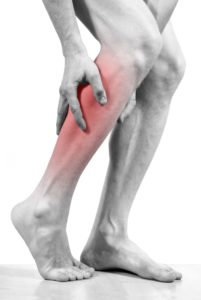



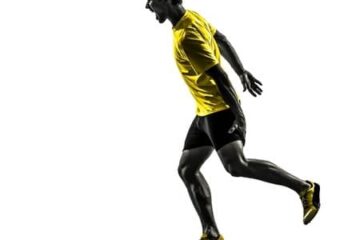
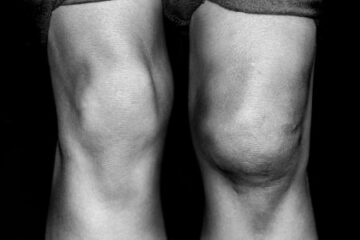
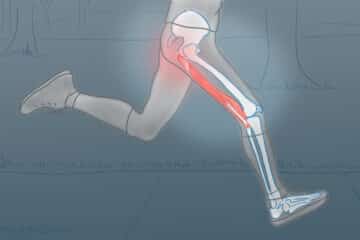
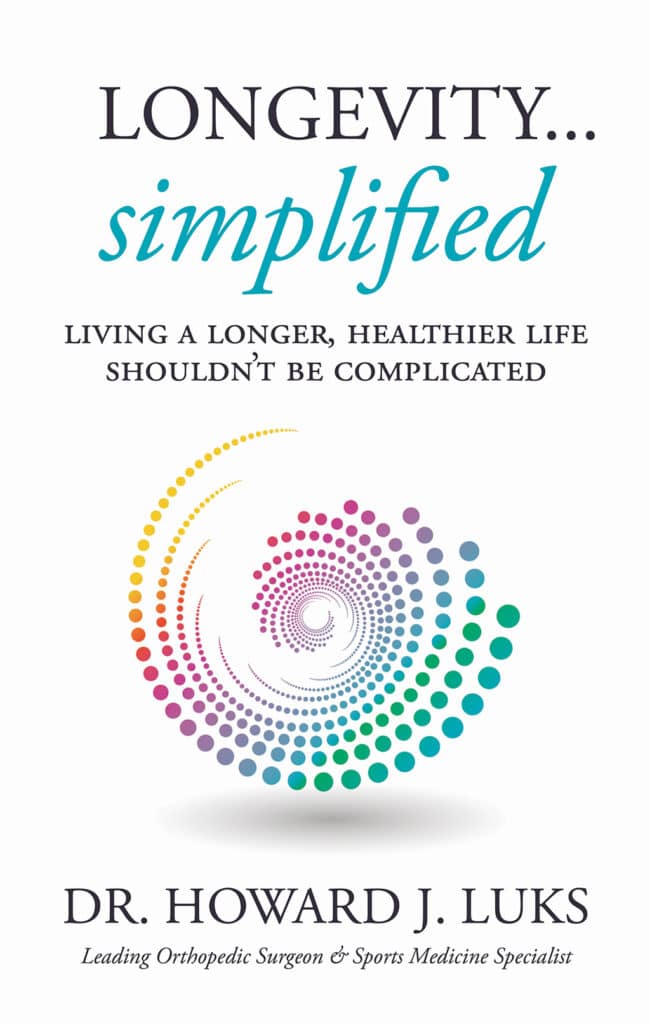



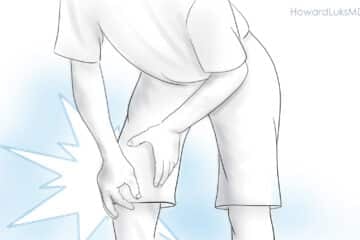


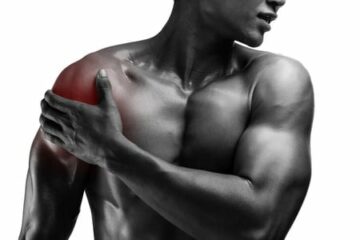
Hi,
I was diagnosed with patellar tendonitis. I tried shock wave therapy and that didn’t work. My doc said PRP for patellar tendon had never made anyone worse. So, why, am I at 6 weeks after PRP 100 times worse. Before PRP, I could do daily living walking and ride my bike for an hour in low gear. Now I make supper standing on my good knee and can barely ride the bike for 10 minutes…What happened? Have you ever seen anyone get worse from PRP? I was told at Week 1 to try and ride the exercise bike, but this hurt so I went to the Pool for Week 2. I gradually increased and by Week 3, I was swimming 20 lengths and water jogging for 40 minutes…Then I just seemed to get worse and worse after this…Any ideas why I would get worse from PRP…??
Julie… see your latest post for answer.
Good Luck
Also, how well does ‘combing’ the tendon work for Patellar Tendonitis…I’ve had it now for 7 months. Does surgery work? What about age as I’m 60?
rare cause of pain in 60 somethings… be sure the diagnosis is correct. Tenex and other procedures seem to work well if diagnosis is accurate.